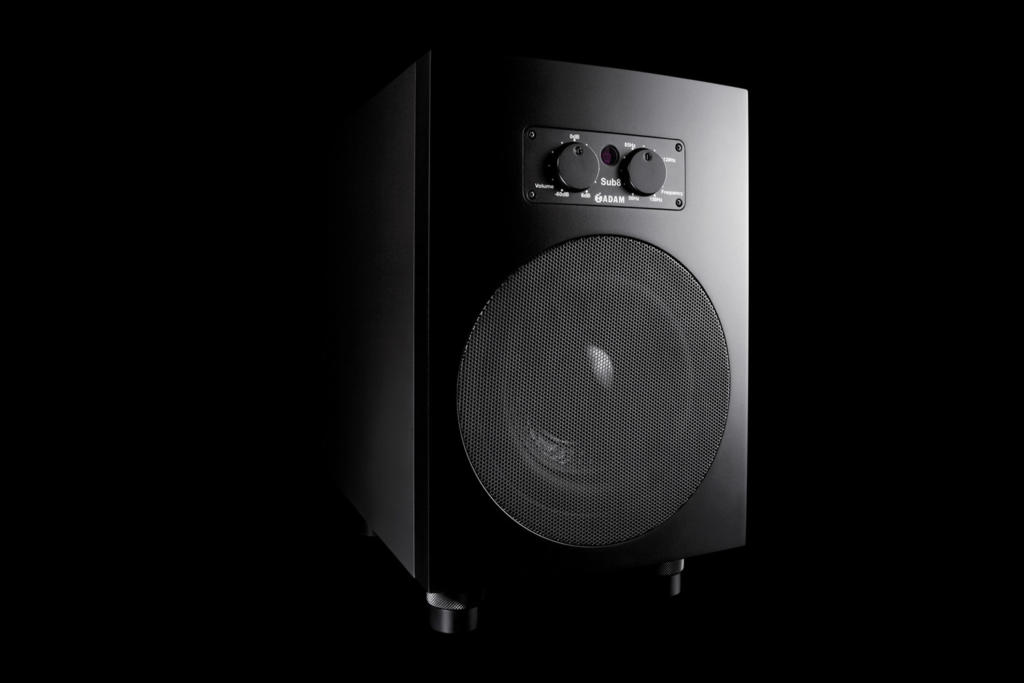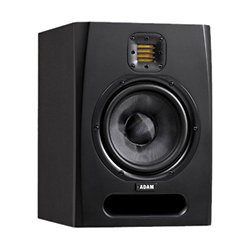

But to me the F Series sound exactly as a monitor should, straight out of the box. Studio monitors vary considerably in their sound, and one learns to adapt accordingly. Understandable we think, and certainly not something that would scare us away. Next up, although the F Series finish is very good, they don't look or feel quite as lush as their more expensive models. One other thing to note is they're not magnetically shielded, although neither are the AXs for that matter and this only comes as an option for the top end S Series. This isn't massively obvious here, and if you're working on a DAW sat in the middle we really can't see it as a problem.

It's often said that ribbon tweeters result in a narrower horizontal sweet spot. The F5 is surprisingly capable at higher levels, but runs out of steam way earlier than the F7, which can go very loud.Īs is often the case, unless your room is exceptionally well treated acoustically, high levels reveal more limitations of the room than the monitor. Overall, the F5 feels lighter in the low end, and a small EQ boost can help here, but the overall balance of the speaker is great as it is, so we kept tweaks to a minimum.

We tamed this slightly with a tiny tweak to the low frequency EQ. At the bottom, the F7 extension is much better, and on club music maybe a bit too bouncy. In general terms, the F7 sounds more expansive and engrossing, while the F5 is a bit more precise, particularly in the mid range. In essence the out of the box sound is incredibly well tailored for both monitors.Įven so as you would expect, there are differences between the F5 and F7. Open in the top end with plenty of upper mid detail, solid in the low mid and mid range and reasonably well balanced at the bottom. However, maybe Adam already knows this is a side show, as once you fire up these monitors, they immediately sound just as you would expect. "Once you fire up these monitors, they immediately sound just as you would expect" This is in stark contrast to the newest Genelecs for example, where the options are both descriptive and prescriptive.
Adam audio f7 how to#
Hook up is pretty straightforward, although there's very little advice in the manual about how to use the EQ controls. Even so, this means you can sit them on their sides if desired, which can come in handy if you're using a desk. Admittedly, there's nothing particularly groundbreaking in the cabinetry (MDF is the main material), and aside from some chamfering on the front panel things are pretty regular. Out of the box these look and feel well made.


 0 kommentar(er)
0 kommentar(er)
